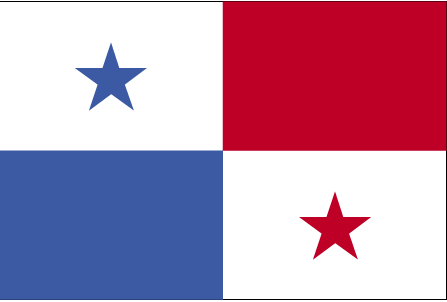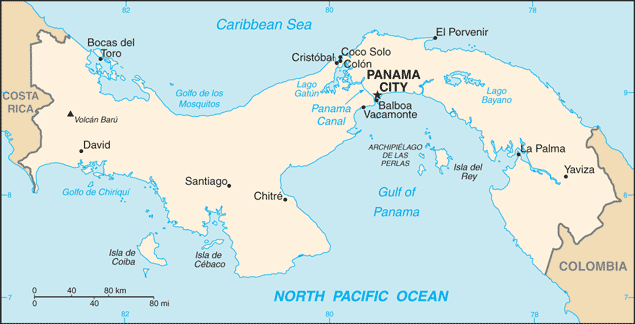Investing in Panama


Panama's dollar-based economy rests primarily on a well-developed services sector that accounts for three-quarters of GDP. Services include operating the Panama Canal, logistics, banking, the Colon Free Zone, insurance, container ports, flagship registry, and tourism. Economic growth will be bolstered by the Panama Canal expansion project that began in 2007 and is scheduled to be completed by 2014 at a cost of $5.3 billion - about 25% of current GDP. The expansion project will more than double the Canal's capacity, enabling it to accommodate ships that are too large to traverse the existing canal. The United States and China are the top users of the Canal. Panama also plans to construct a metro system in Panama City, valued at $1.2 billion and scheduled to be completed by 2014. Panama's booming transportation and logistics services sectors, along with aggressive infrastructure development projects, will likely lead the economy to continued growth in 2011. Strong economic performance has not translated into broadly shared prosperity, as Panama has the second worst income distribution in Latin America. About 30% of the population lives in poverty; however, from 2006 to 2010 poverty was reduced by 10 percentage points, while unemployment dropped from 12% to 6% of the labor force. Panama and the United States signed a Trade Promotion Agreement in June 2007, which, when implemented, will help promote the country's economic growth. Seeking removal from the Organization of Economic Development's gray-list of tax havens, Panama has also recently signed various double taxation treaties with other nations.
National Bank of Panama - http://www.banconal.com.pa/
Countries that border Panama: Costa Rica | Colombia
Learn more:
Back to Country Investing



